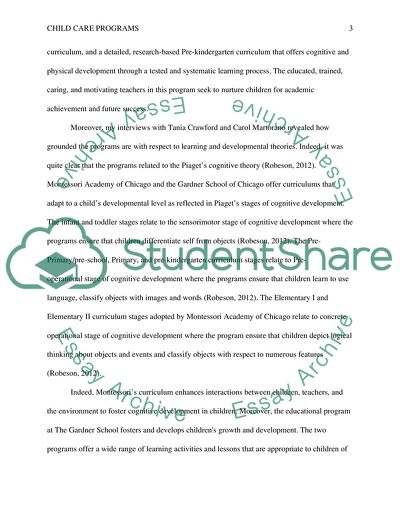Cite this document
(Child Care Programs Case Study Example | Topics and Well Written Essays - 1250 words, n.d.)
Child Care Programs Case Study Example | Topics and Well Written Essays - 1250 words. https://studentshare.org/education/1845436-ece-330-field-experience-writing-assignment
Child Care Programs Case Study Example | Topics and Well Written Essays - 1250 words. https://studentshare.org/education/1845436-ece-330-field-experience-writing-assignment
(Child Care Programs Case Study Example | Topics and Well Written Essays - 1250 Words)
Child Care Programs Case Study Example | Topics and Well Written Essays - 1250 Words. https://studentshare.org/education/1845436-ece-330-field-experience-writing-assignment.
Child Care Programs Case Study Example | Topics and Well Written Essays - 1250 Words. https://studentshare.org/education/1845436-ece-330-field-experience-writing-assignment.
“Child Care Programs Case Study Example | Topics and Well Written Essays - 1250 Words”. https://studentshare.org/education/1845436-ece-330-field-experience-writing-assignment.


